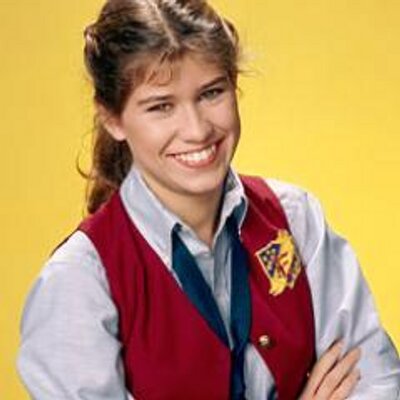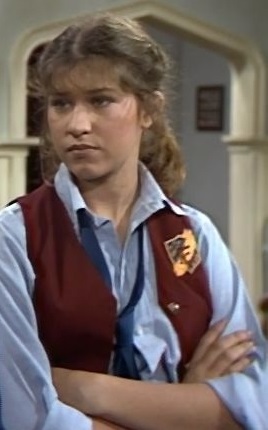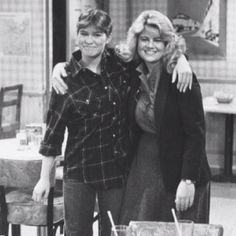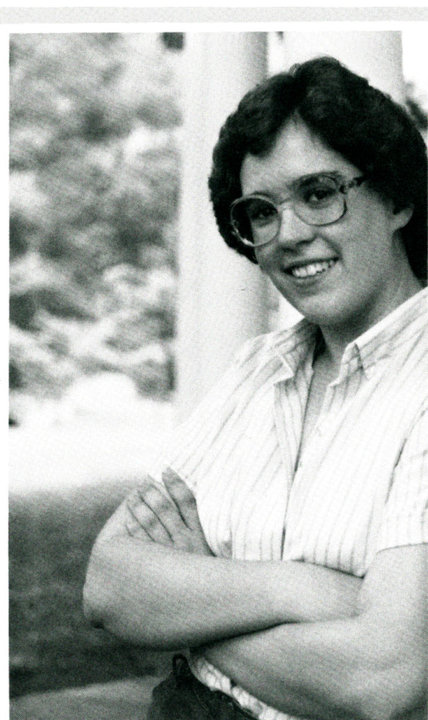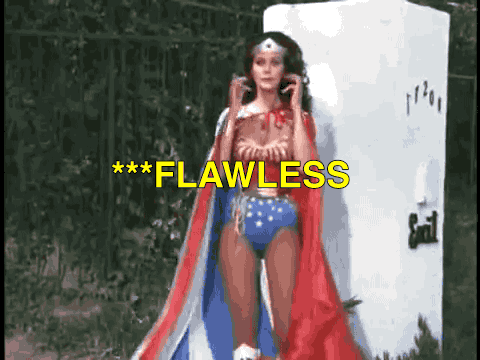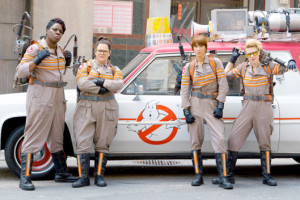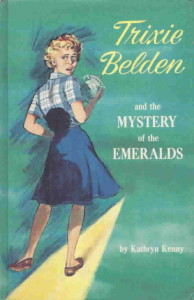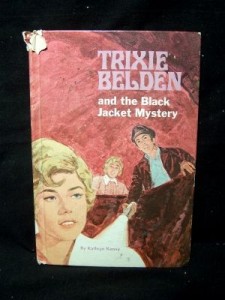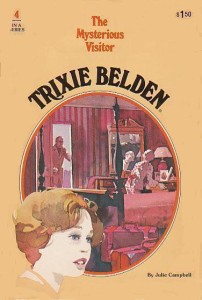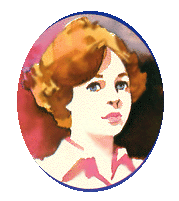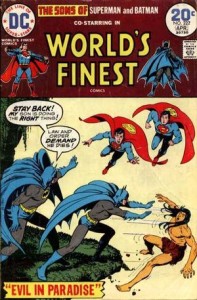I was reading some more of the reactions to JJ Abrams’ tone-deaf and white-boy-oblivious comment last December about wanting his Star Wars to attract female fans because Star Wars had always been a “boy thing.” Which is, of course, utter bullshit, and I hope that he actually paid attention to the fans and learned a thing (but given previous experience with supposedly open-minded white male directors getting defensive as hell and refusing to learn anything about their female, queer, or POC fans, I’m not actually very hopeful).
I don’t know how I missed Elizabeth Minkel’s article in the New Statesman before, but it is extremely quotable:
Here’s a theory: you might not have noticed that you were surrounded by female Star Wars fans all these years because you were the one who rendered them invisible.
On Tumblr, my old friend X-Cetra said, rightly:
Shame on JJ Abrams and Steven Moffatt and all the adult geek boys of today who have developed collective amnesia about all the girls playing with Star Wars figures, geeking about Star Trek, learning Elvish, reading comics on long car rides, recording Doctor Who off PBS, programming on Commodore 64s, gaming on Ataris, and being masochistic Dungeon Masters. I am sick of having to shout to the rafters, again and again and again, a la Kosh of Babylon 5, that WE HAVE ALWAYS BEEN HERE.
And I remembered:
My first good boss was a woman some 40+ years my senior who ran the microbiology lab classes at my university and who was the biggest Tolkien geek I have ever known. She’d read the books voraciously as they were coming out (she said it was awful, waiting for the next book — eat your hearts out, GRRM fans), taught herself Elvish as she went, and was a bit of a Tolkien scholar (how much, I never knew, or even if she was published).
During the 1970s, when there was a big resurgence of Lord of the Rings, and in one microbiology class, she found Elvish writing in the back of one of the student lab notebooks she reviewed weekly. So she wrote back. And the student wrote back. And so on. They carried on an Elvish correspondence for the entire semester, even as the student was turning in assignments and lab writeups. The way she told the story, it was clearly one of her fonder memories among decades of microbiology students.
On my birthday, I went in at midnight to do some microbiology culture prep. As I assembled my plates on the lab bench, I saw that she’d left me the biggest card I’ve ever seen, with a reproduction of one of Tolkien’s paintings on it. The inscription was, if I recall correctly, a short quote from Bilbo’s birthday party. I hope I still have it somewhere, because I treasure that memory. Best. Boss. Ever.
Damn straight we’ve always been here.
Thank you, Mrs. Clouser, for being an example for this lonely female geek.

